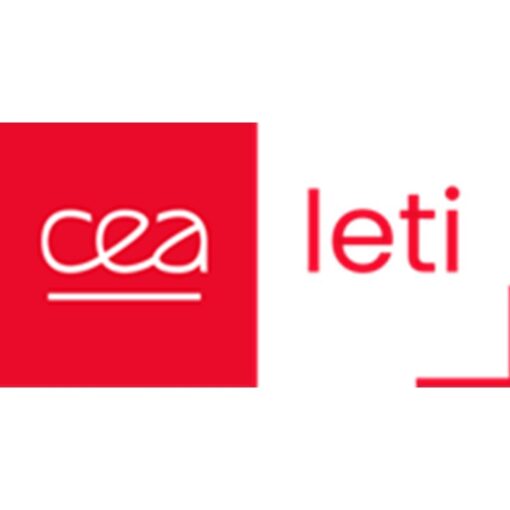Coupling to quantum memory using quantum dots
Researchers at the University of Basel and Ruhr-Universität Bochum have realized Quantum Dots (QD) that emit light close to the red part of the spectrum with ultra-low background noise. Quantum dots might one day constitute […]



